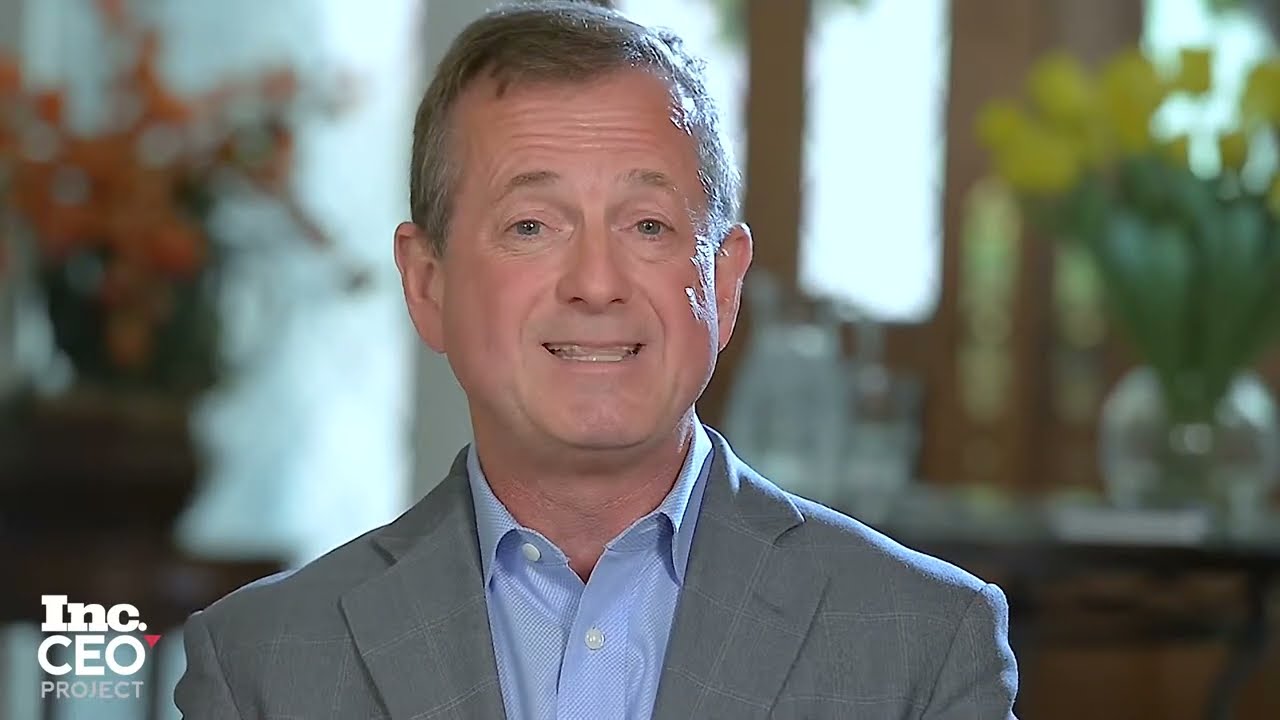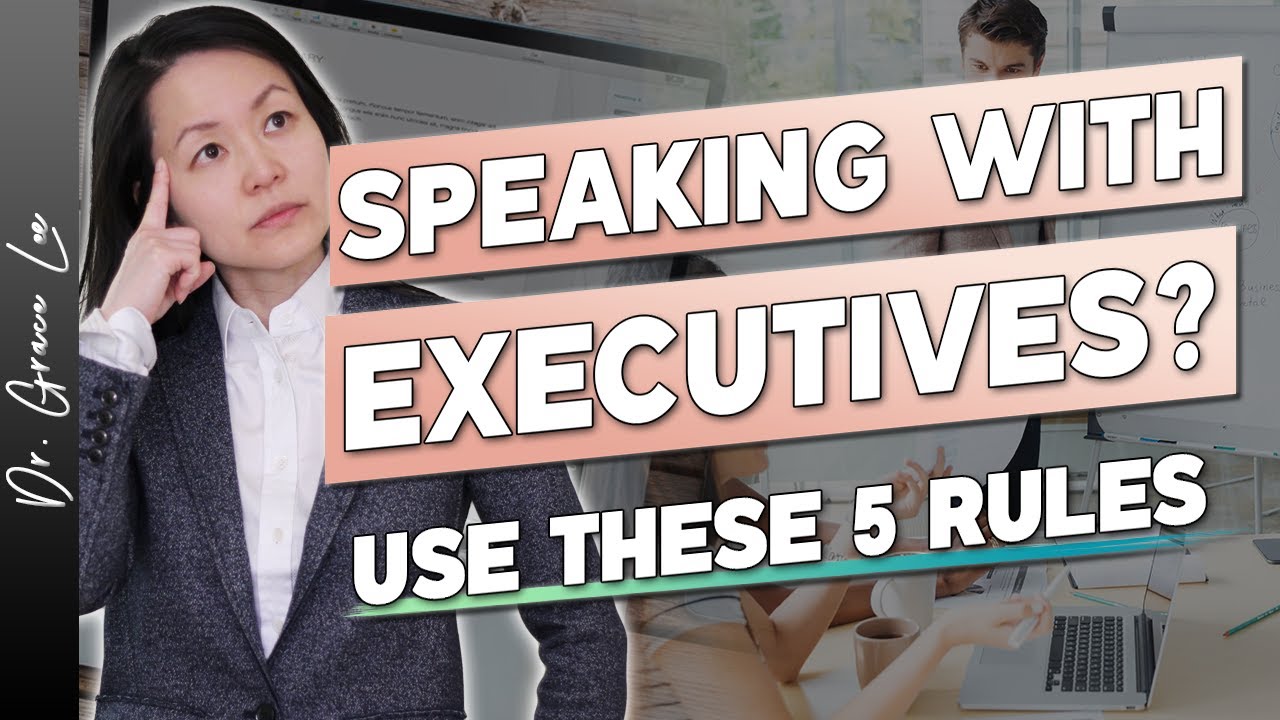In today’s fast-paced corporate landscape, effective communication is vital for leaders who need to inspire, influence, and instigate change. Executive speaking transcends mere presentation skills; it embodies the ability to articulate vision, deliver compelling narratives, and resonate with diverse audiences. This article explores how leaders can master executive speaking to enhance their effectiveness and strengthen their personal brands.

Executive Speaking: The Cornerstone of Leadership Success
Effective executive speaking is at the center of leadership success. It’s the tool for engaging teams, earning stakeholder trust, and driving organizational success. Leaders like Satya Nadella, CEO of Microsoft, have harnessed the power of executive speaking to revitalize their companies by fostering cultures of innovation and openness. As leaders navigate rapid changes, their ability to communicate effectively becomes the bedrock of their capacity to lead.
Imagine walking into a boardroom where the atmosphere is thick with tension. Then a leader stands up, speaks with clarity and confidence, and the mood shifts instantly. This is the profound impact of effective executive speaking. It can transform perspectives, inspire action, and create a collective vision of success. Leaders who invest in this skill can not only convey messages but can evoke emotions, urging their audiences to take that leap of faith, whether it’s adopting new strategies or embracing innovative solutions.

Top 7 Executive Speaking Traits of Influential Leaders
Understanding the attributes that characterize effective executive speakers can sharpen your own skills. Here are the top seven traits that powerful leaders showcase in their speaking engagements:
Authentic leaders like Howard Schultz, former CEO of Starbucks, highlight the impact of personal storytelling. By sharing genuine experiences, they connect with their audience, making their messages resonate. This authenticity creates a relatability that stimulates engagement.
Clear communication is essential for impactful speaking. Indra Nooyi, former CEO of PepsiCo, simplifies complex strategies into easy-to-understand concepts, helping stakeholders grasp core objectives effortlessly. Her clarity during presentations sets a strong precedent for effective communication.
Nothing speaks louder than confidence. Look at Sheryl Sandberg, former COO of Facebook, who commands attention through her assured delivery. Her poise instills trust among listeners, establishing her as an authoritative figure in discussions.
Dynamic interaction keeps audiences involved. Satya Nadella excels by encouraging discussions, sparking participation that enriches the engagement experience. This active connection enhances audience retention and satisfaction.
Empathy can bridge hierarchical gaps. Jacinda Ardern, former Prime Minister of New Zealand, showcases empathetic communication during crises, consistently reinforcing community and support. Her empathetic approach shows that true leadership is grounded in understanding.
Mastering the art of storytelling makes presentations memorable. Oprah Winfrey uses personal stories that resonate with shared experiences, illustrating broader concepts. Her storytelling ability not only informs but also inspires audiences.
The landscape of executive speaking is constantly shifting. Tim Cook of Apple exemplifies adaptability, pivoting his messages to align with contemporary trends. Being flexible ensures relevance in dynamic environments.

Strategies for Enhancing Your Executive Speaking Skills
Mastering executive speaking is a continuous journey. Consider these strategies to elevate your skills:
Great speakers are often great listeners. Engaging genuinely with your audience enables you to address real concerns and interests, ensuring your delivery hits home.
Constructive criticism is your friend. Many successful speakers, like Frank Abagnale, actively seek feedback to refine their delivery and storytelling skills, continuously improving.
Experimenting with formats can enhance your range. Brené Brown, for instance, utilized TED talks to shed light on vulnerability, establishing her credibility as a speaker in new arenas.
Consider formal training options, such as public speaking courses or workshops offered by platforms like Toastmasters. Investing in your craft sharpens your technique.
Use available tools like speech analytics software to refine your delivery. These can provide valuable insights into your speaking habits, helping you adjust effectively.

The Lasting Impact of Executive Speaking on Leadership
The art of executive speaking continuously evolves with societal changes, technological advancements, and global events. By 2026, mastering your speaking skills isn’t just beneficial; it’s a necessity for leaders aiming to thrive in competitive markets. Figures like Greta Thunberg and Elon Musk are reshaping how messages are communicated, underlining the increasing importance of authentic, engaging, and adept speaking.
To sum up, executive speaking is more than just a skill; it’s a vital leadership competency that drives influence and inspires action. Leaders who dedicate themselves to mastering this craft are clearly better equipped to handle challenges, foster trust, and enact positive change within their organizations. The journey of perfecting effective communication is transformative, potentially redefining not just the speaker but also the narratives of their industries and societies at large.
Take control of your speaking career today. Starting with authenticity and ending with actively engaging feedback, your journey into executive speaking mastery begins now. When you harness the power of voice power and leverage the best tools available, from tone training to real-world experiences, you’ll not only influence your audience but also inspire them to act decisively. The world is waiting for your voice—don’t let it go unheard.

Executive Speaking: Trivia and Eye-Opening Facts
The Art of Executive Speaking
Did you know that effective executives often refine their speaking skills through very relatable means? For example, pre-speaking jitters can actually be tamed by simple, everyday practices—like hitting the gym in a stylish Longline Sports bra. This not only builds confidence but also gives clarity to the mind. Effective leaders are more than just powerhouses; they’re master communicators who engage their audience, making executive speaking an essential part of their toolkit. Finding your voice, much like a skilled leader speaking can’t be understated!
The Transformational Impact
Let’s talk about audience engagement. A fantastic trifecta for impactful executive speaking is storytelling, humor, and a bit of charisma! The truth is, weaving these elements into your talks can turn even the most dry subjects into riveting narratives. For instance, speaking about success—just like how Avatar Kyoshi defies expectations—can captivate listeners and transport them to realms beyond their daily routines. As leaders share personal triumphs, they create connections with their audiences, blending authenticity and knowledge seamlessly.
Tips and Fun Facts
Here’s a fun nugget for the trivia lovers: did you know that understanding idioms and using conversational language can elevate your executive speaking game? It’s true! The audience often appreciates relatability: imagine explaining your business strategy through relatable analogies, such as defining a desert and then likening it to market challenges. That connection sparks engagement! Also, speaking without stale jargon is essential; after all, who doesn’t want to avoid the infamous tendency of putting listeners to sleep? Next time you’re crafting a presentation—think of something more engaging like a creative hook And reel menu. This way, you’ll keep your audience on their toes!
Executive speaking lets leaders influence and inspire. So whether it’s through mastering persuasive narratives or refining delivery techniques, every small step contributes significantly to transformational leadership. Remember, each moment on stage is an opportunity to empower and connect.










